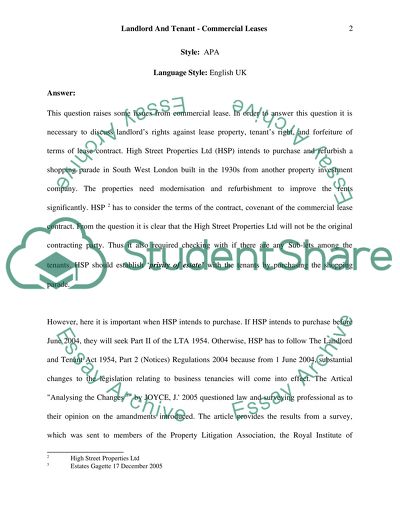Cite this document
(“Commercial Leases Case Study Example | Topics and Well Written Essays - 4000 words”, n.d.)
Retrieved from https://studentshare.org/law/1503898-commercial-leases
Retrieved from https://studentshare.org/law/1503898-commercial-leases
(Commercial Leases Case Study Example | Topics and Well Written Essays - 4000 Words)
https://studentshare.org/law/1503898-commercial-leases.
https://studentshare.org/law/1503898-commercial-leases.
“Commercial Leases Case Study Example | Topics and Well Written Essays - 4000 Words”, n.d. https://studentshare.org/law/1503898-commercial-leases.


